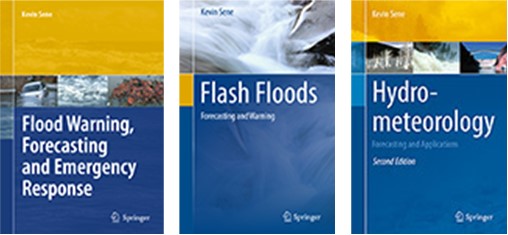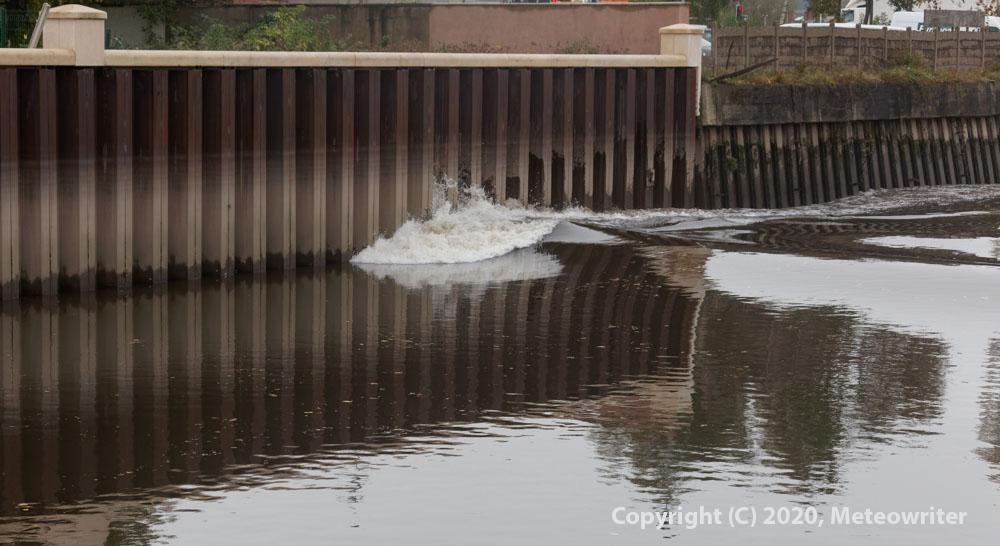
What to see
The tidal bore forms when water levels rise so quickly that a wave forms as the tide comes in, meeting the river flow. You can read more about them on this webpage.
At its best, it reaches heights of 60cm or more, accompanied by the sound of rushing water and waterbirds startled into flight from the sands and mudflats of the estuary. This can provide great birdwatching opportunities as well.
The first signs appear close to Liverpool John Lennon Airport and the wave gains strength as it approaches Widnes and Runcorn.
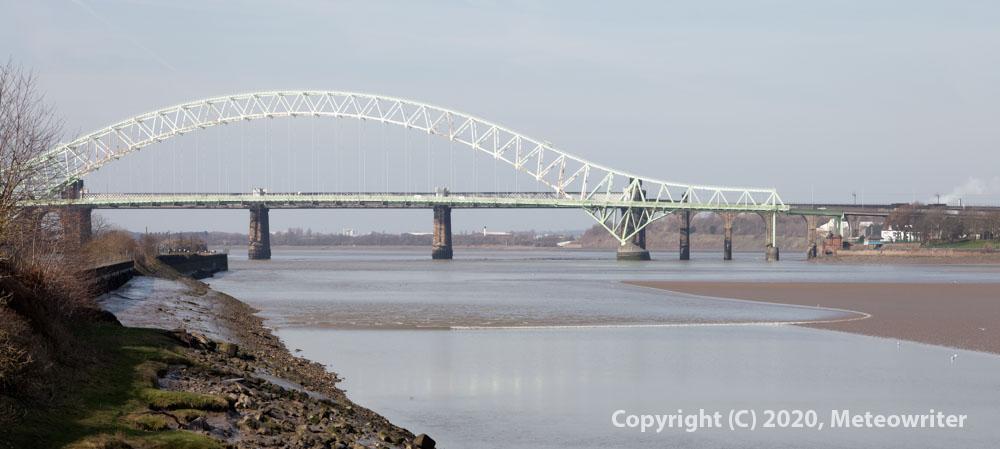
The wave speeds up as the channel narrows towards Warrington before ending suddenly on hitting Howley Weir near the town centre. Sometimes a low reflected wave appears downstream a few minutes later.
Predicting the tidal bore
As with any natural phenomenon, there are many uncertainties in predicting when the tidal bore will occur. Some factors which can help include:
- A high tide of 10 metres or more at Liverpool (Gladstone Dock)
- Low river flows in the Mersey, such as after a dry spell
- Little or no wave action, such as when winds are light
The National Tidal and Sea Level Facility gives the following Tips for observers:
- It is better to arrive half an hour too early than a minute too late – rainfall, wind and other factors affect the time of arrival of the bore – its appearance cannot be predicted with certainty
- Bores can disappoint, because of various factors, even if the predicted tide is very high
- If you can go a number of times you will have a better chance of seeing something quite awe inspiring.
The best viewing times are typically in spring and autumn but it has been seen in most months of the year. It takes 2-3 hours to travel from south Liverpool to Warrington.
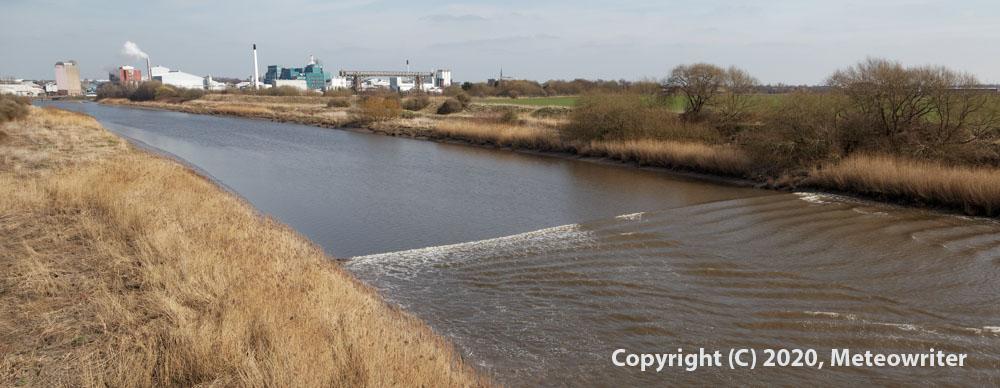
If interested to see the tidal bore, it is important to choose a safe viewing location, remembering that water levels rise quickly as it passes, by several metres in places, and never venturing out onto the sands or mudflats. The RNLI website has some excellent advice on water safety.
There is a short video about the tidal bore here, linked to a book I wrote on the Mersey Estuary:
Note: this is an updated version of a post first published on 14 June 2020
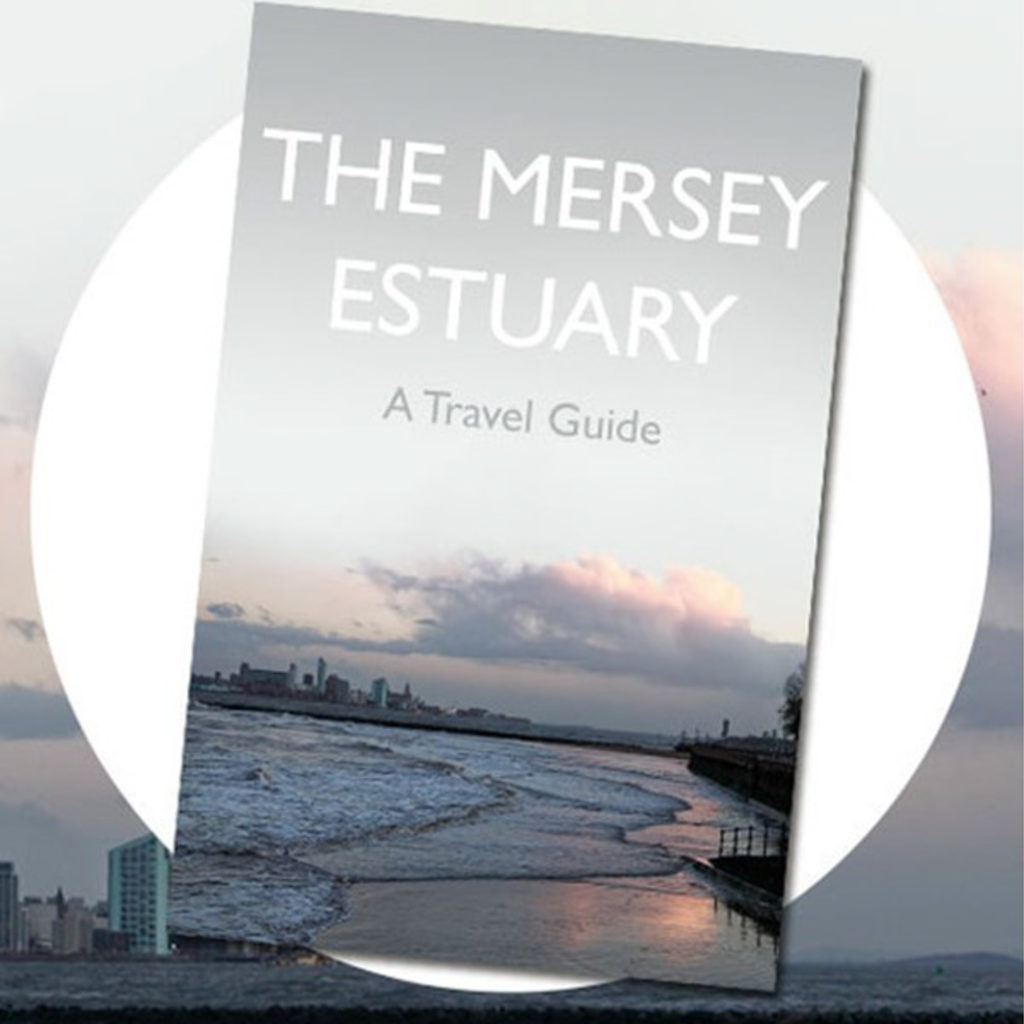
The Mersey Estuary: A Travel Guide
If you would like to learn more about the Mersey Estuary and its tidal bore, my book the Mersey Estuary: A Travel Guide gives tips on when and where to see the wave pass, along with more general suggestions for places to visit and walks and cycle rides in the area. There is also background on the maritime history, environment and wildlife of the estuary.
It is available directly from Troubador Publishing and most book stores and ebook retailers. This short video gives more details. I’ve also written a more general ebook called Tidal bores of England, Scotland and Wales and there is more information about that on this Tidal Bores webpage.
